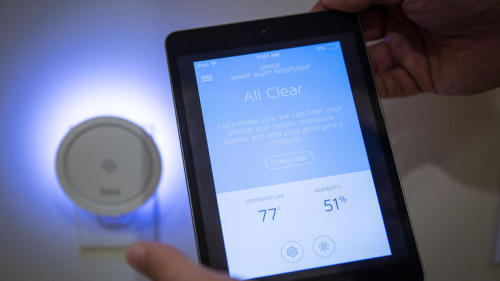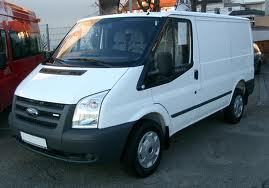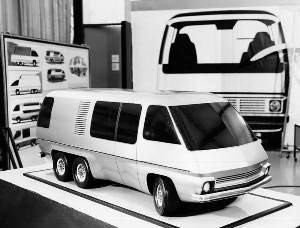John Maeda, now over at KPCB, has a great presentation on Design in Tech. Following in the footsteps of Mary Meeker, John’s presentation shows the increasing influence of – wait for it – design in tech.
As an early evangelist of posterous, I bore witness to how design can disrupt startups. While posterous was a great platform, tumblr simply had better design. It took tumblr a fair bit of time to iron out some of their tech, and initially they lacked many of the features of posterous, but in the end tumblr won. Posterous was acquired by twitter and summarily shut down.
Today, slack is in the process of doing the same thing in their segment. Slack entered the fray with a better design and upended the entire market. I really like basecamp, but guys, slack is going to drink your milkshake. (The slack API has RoR integration, so at least there’s that.)
Every startup, every company, has to worry about a competitor disrupting them with better design.
Enter the VP of Design, Chief Design Officer, or Corporate Design Guru.
What do they do and how do they do it?
Facilitate. To make easy. The design guru needs to facilitate the incorporation of design thinking into corporate cultures that are bearing the weight of many chains. Value chains. Supply chains. Distribution Chains. Demand chains
This is no easy task.
Constrained in their movements by these many chains, they must still bring to market their vision. They need to communicate their vision effectively so the whole team can see the big picture.
But does everybody see the same thing?
Their ability to clearly define the vision is important. However, if they don’t understand how others see they will have problems communicating that vision. They may be frustrated by the disconnect. Without an understanding of how others in their team see they won’t be able to fill the gaps.
Learning to see. It’s not as easy as it sounds. It requires some unpacking to determine what is meant by that phrase. In architecture we learned to see by sketching. At first you’d miss some details in your sketches. Once you were finally able to see all the details then you could concentrate on the essence. A sketch that can capture the essence in as few strokes as possible is a thing of beauty. Line weight and contour can be very evocative.
Business leaders have their own journey where their senses are opened to other realities. So when designers speak of design problems, the reflexive response from B-school types is usually, “there are no problems, only opportunities!” This sets the frame for the exchange from that point forward.
In business, problems are bad and need to be dealt with or avoided altogether. Hence they try to turn that frown upside down. Yet in design, problems exist to be solved. Designers will want to clearly define the problem space first. Once the issues have been identified they set about finding solutions. Nobody is being negative or dismissive when they bring up problems. They aren’t trying to kill ideas. They are helping to define the problem space so complete solutions can be found. (Ok, maybe some people are trying to kill ideas, but that’s more about office politics, which is beyond the scope of this essay.)
It can be quite a bit of fun helping others learn to see. It can also be time consuming and frustrating. It takes time and patience, which are rare and expensive commodities in the startup universe. Communication between people who see things in differing levels of detail is a real challenge.
This is the power of what John calls Story Listening.
Story listening enables the designer to see what the others on the team see. It’s not about right or wrong, but understanding each other. Instead of making a right or wrong value (boolean?) judgement, being able to appreciate what others are seeing facilitates the work. This unblocks a major barrier to communication. It creates a collaborative frame.
With technology the ability to have design, engineering, and business on equal footing provides a unique opportunity to advance together.







